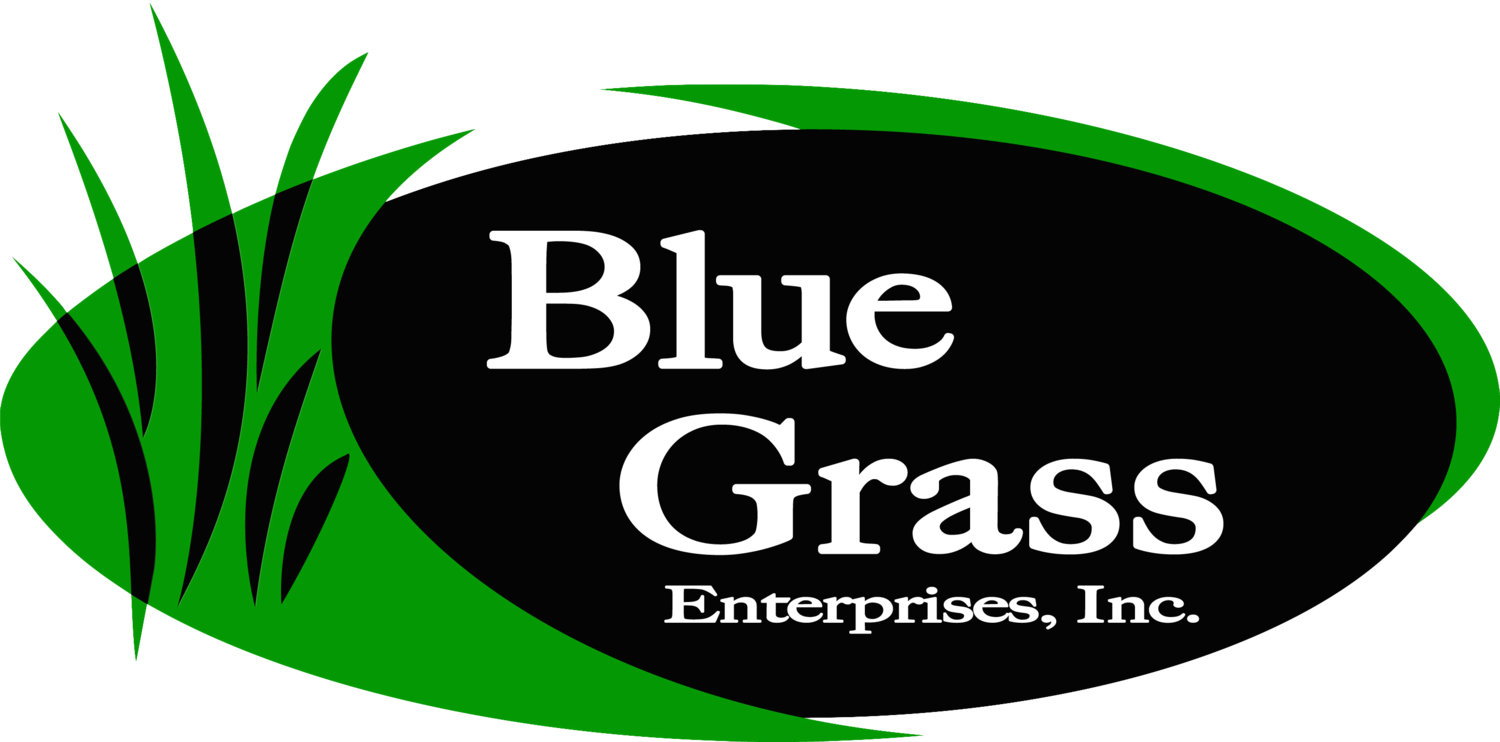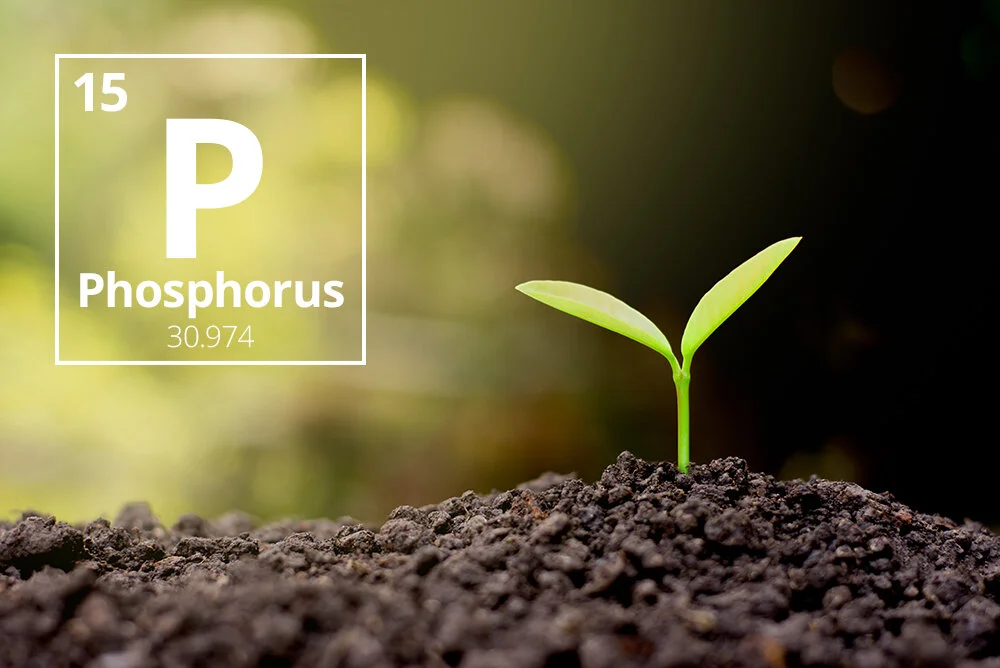What does Phosphorous do in grasses?
Phosphorous (P), along with nitrogen and potassium, constitute the three macronutrients that perform various roles in healthy plants and soils. Specifically, phosphorous plays a vital biochemical role in many internal plant processes including root development, photosynthesis, respiration, building of plant membranes, key enzymes, and much more.
As a total side note, phosphorus is a key element to our own physical health as well, helping to create strong bones, teeth, and even our DNA and RNA. It is also useful in many of the products we use, like matches! And I would be remiss if I didn’t admit that I read quite a bit about this element for this article, and one interesting tidbit that is in no way related to grass, is where the name “phosphorus” came from. Here is a short excerpt from Wikipedia on the name:
“White phosphorus emits a faint glow when exposed to oxygen – hence the name, taken from Greek mythology, Φωσφόρος meaning 'light-bearer' (Latin: Lucifer), referring to the "Morning Star", and the planet Venus.”
Fertilizer materials that contain phosphorus are mined from rock phosphate ores. These materials are blended with other fertilizer materials to produce the plant-soluble P2O4 that is released in lawn products. When looking at fertilizer labels, phosphorous is represented by the second number in the ratio. For more information on how to read a fertilizer label, read this!
Phosphorous is especially beneficial to seeded, newly sodded, juvenile lawns, and areas that have sustained damage and require repairs because of its unique ability to repair root systems (this is why starter fertilizers include phosphorous).
Purpling of grass leaves from a phosphorous deficiency
But wait, I thought phosphorus was bad to put on your lawn?
No. Applying any nutrient where it is needed is good to do for the plants. The key is to apply the product responsibly.
One notable feature that is unique to phosphorous is that it is immobile in soil profiles. This means that barring an extreme event, like a mudslide or major flood, it will likely remain in place until it is fully utilized by germination and/or root penetration.
Do Your 4-Step Programs contain phosphorus?
Yes. Phosphorous is one of the only elements critical to plant growth that is impacted by temperature. The colder the soil temperatures are, the more difficult it is for plants to absorb this vital mineral out of the soil profile, this is why we begin our 4-Step Program each year with a feeding of 13-13-13, to help jumpstart spring green-up and winter damage repairs until the plants can access the phosphorus minerals that are present in the soil in warmer conditions.
We also include a small amount of phosphorus in our Step 3 product, 16-4-8, to help lawns recover from summer heat stress damage.
What does a phosphorous deficiency look like in my lawn?
Symptoms of phosphorous deficiency include stunted growth in young plants, lack of root matter, dark green or purple coloration in leaves, necrotic spots, and a purple coloration resulting from excess anthocyanin production. However, the best way to determine whether or not a lawn or other turfgrass site will benefit from phosphorous is through a soil test or plant tissue test.
As with all nutrients, phosphorous applications should be made with calibrated equipment to ensure precise application to turfgrass areas only. It also is important to sweep or blow any excess fertilizer from hardscapes and not to apply this or other nutrients prior to excessive rainfall. Accurate and timely application of this essential element can no doubt improve turfgrass health and lead to hardy, well-rooted, stress-tolerant lawns for everyone to enjoy.



